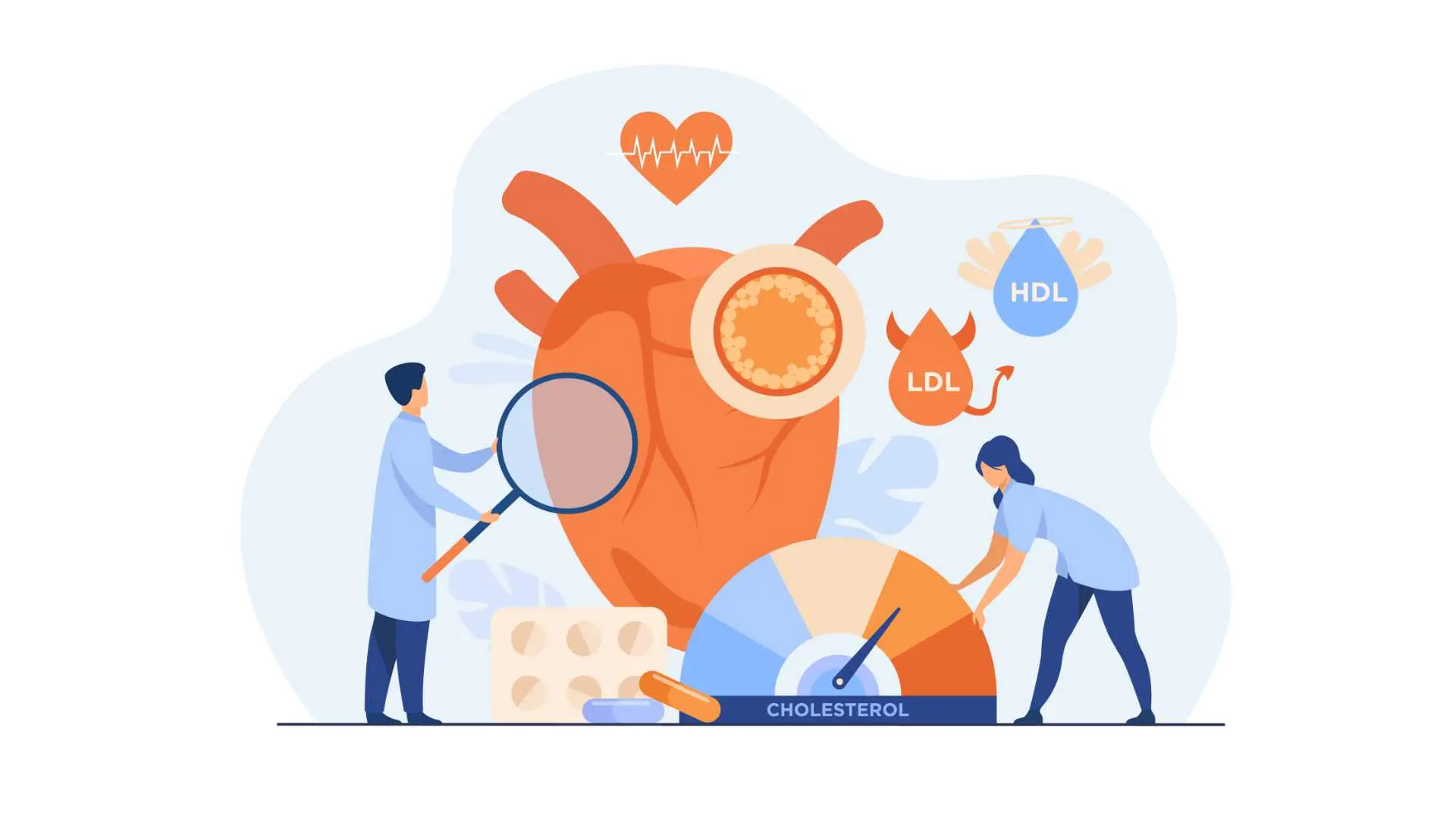
For years we have been avoiding fat in our diets wherever we can, believing that by doing so, we will keep our all important cholesterol number down, saving us from cardiovascular disease. New findings suggest it is not quite as simple as this and that cholesterol itself may not be the real problem at all. There are actually at least 395 identified cardiovascular disease (CVD) risk factors and I believe cholesterol has received far more than it’s share of attention.
For years we have been avoiding fat in our diets wherever we can, believing that by doing so, we will keep our all important cholesterol number down, saving us from cardiovascular disease. New findings suggest it is not quite as simple as this and that cholesterol itself may not be the real problem at all. There are actually at least 395 identified cardiovascular disease (CVD) risk factors and I believe cholesterol has received far more than it’s share of attention.
Doctors typically prescribed statin medications to lower cholesterol levels. These drugs come with a long list of side effects, not the least of which is an increased incidence of cancer and cardiovascular disease! Yes, the very thing they are meant to be preventing by lowering your cholesterol is a listed side effect. Statin medications block the pathway in the body by which it makes cholesterol. This is the same pathway by which the body creates coQ10, an extremely important antioxidant which also enables every cell in the body to produce energy. It is also highly protective against oxidative damage, which is one of the main problems leading to the build up of plaques in the blood vessels leading to heart attack and stroke.
When doctors test blood for cholesterol readings, they actually measure a number of things.
– Total Cholesterol
New research suggests this number has little correlation with CDV risk
– LDL (low density lipoproteins)
LDL is sometimes also referred to as the bad fat
– HDL (high density lipoproteins)
HDL is sometimes referred to as the good fat because it is protective and gathers up cholesterol to transport it safely back to the liver
– Triglycerides
The ratios of HDL to LDL and HDL to cholesterol
The main thing to be concerned with is your HDL:LDL ratio and your triglyceride numbers. You want the HDL:LDL ratio to be less than around 3.5 (ideally the lower the better) and your triglycerides to be around 1.0 mmol/L (fasting) or less.
The real problem occurs when inflammation in the blood vessels act on these LDL’s and triglycerides. This damages the blood vessel wall and causes cholesterol to accumulate and adhere to the wall, resulting in a blockage. Inflammation is caused by a diet of excess sugar, preservatives, trans fat and alcohol, as well as smoking and excessive stress. When blood fats are in good condition and circulating in healthy, undamaged blood vessels, they are actually protective against this damage and build up. It is only when inflammatory damage has occurred that plaques can form.
Obesity, diabetes, high blood pressure, smoking, poor diet and a sedentary lifestyle are still the biggest risk factors associated with cardiovascular disease, and should be your first priority in the prevention of CVD. Exercise is one of the most effective ways to raise your HDL level, giving you a strong level of protection against CVD. Quitting smoking, eating less sugary, processed foods and increasing your intake of water and good fats from sources such as oily fish, nuts, seeds and fruits and vegetables are the best preventative measures you can take.
Your naturopath can prescribe numerous different minerals, herbs and supplements to lower blood pressure, protect against oxidative damage and give your heart and cardiovascular system all the nutrients it needs to remain as healthy and strong as possible.

